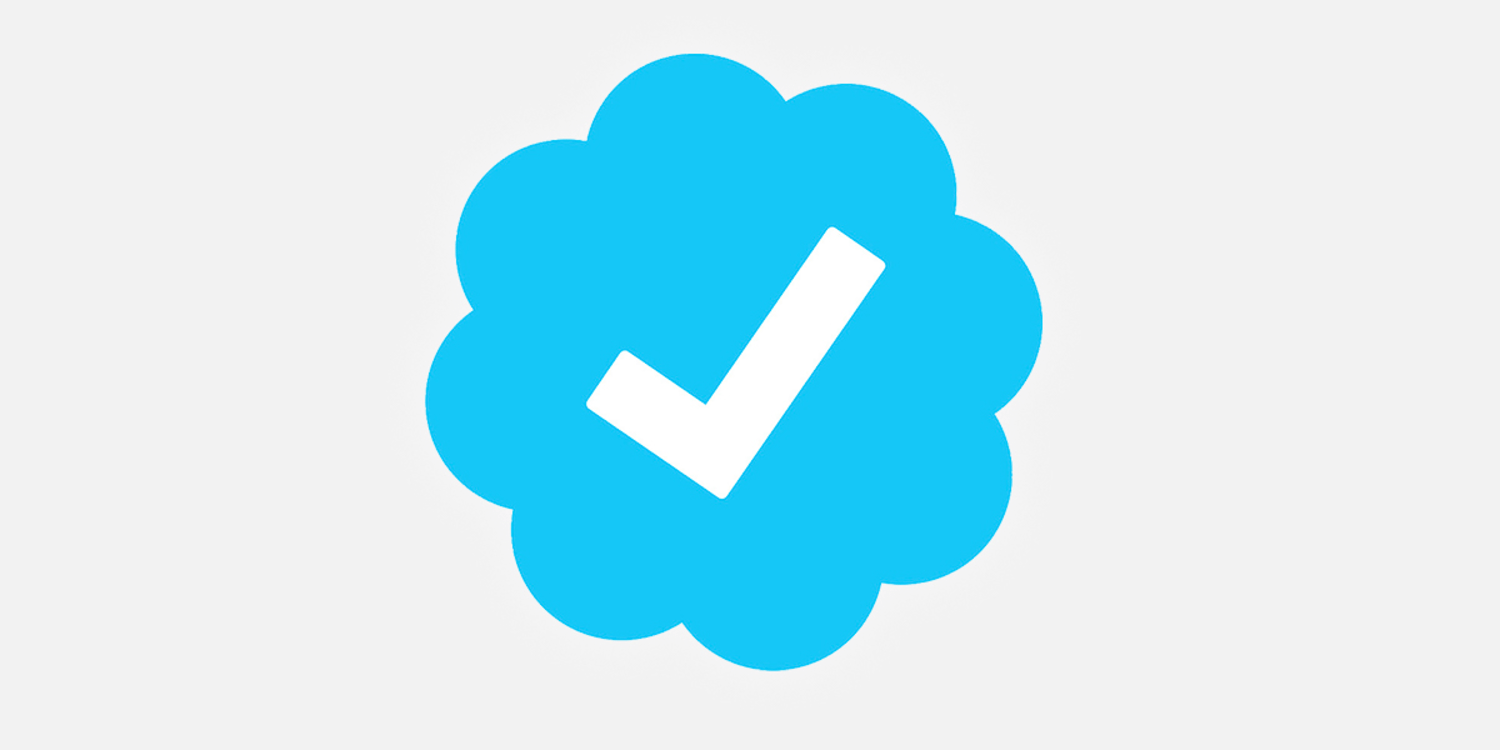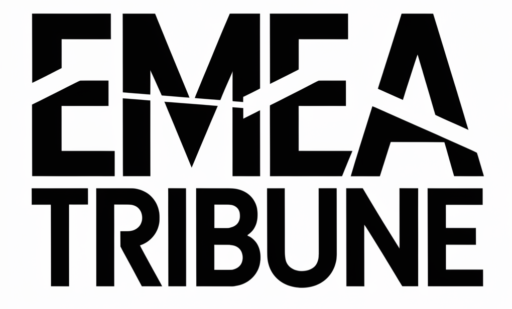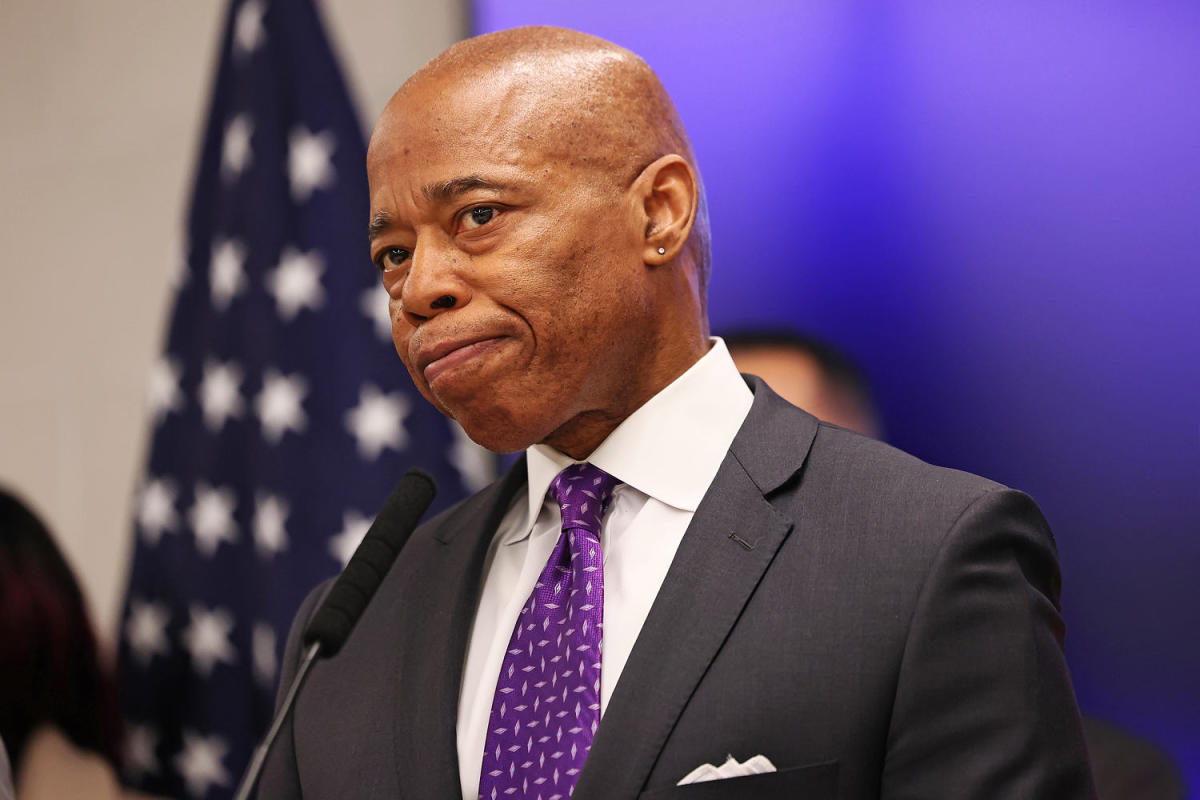After five decades of clean-shaven faces, the New York Yankees are phasing out their longtime hair and grooming policy. Yankees owner Hal Steinbrenner announced Friday that the team’s infamous — and antiquated — facial hair policy will now leave room for “well-groomed beards.”
The rule has been in place since the 1970s, when George Steinbrenner and then-manager Billy Martin implemented a policy forbidding beards, long hair and sideburns. (Mustaches were still allowed.)
As a result, countless players were forced to shave their faces or chop off their flow. Some players even refused to join the team if it meant sacrificing their look. Now that will change, with new Yankees closer Devin Williams already taking advantage of the relaxed rules.
While the Yankees’ facial hair policy is one of the more notorious, they’re not the only team to have hyper-specific rules about appearance and conduct. Here are some other teams, past and present, that have had unusual rules in place.
Cincinnati Reds’ facial hair policy
The Yankees weren’t the only team that enforced clean-shaven faces: The Cincinnati Reds also had a facial hair policy, introduced in 1967 with the arrival of general manager Bob Howsam. When Howsam departed the team a decade later, the rule stayed in place.
That changed in 1999, with the arrival of left fielder Greg Vaughn. Vaughn, who sported an iconic goatee, broke the policy when he arrived at camp. When the outfielder told the Reds that he didn’t want to shave his beard, Reds owner Marge Schott acquiesced, effectively ending the longstanding policy.
Vaughn spent only one season in Cincinnati, but his beard created some lasting change.
Chicago Bulls’ headband ban
In the 2000s, headbands were increasingly popular in the NBA. (It didn’t hurt that one of the league’s best players, a young LeBron James, was known for wearing a headband during his first stint with the Cleveland Cavaliers.) The trend was much to the chagrin of certain coaches, with some instituting bans on the headgear.
One of those coaches was Chicago Bulls head coach Scott Skiles, who had a strict no-headband policy during his four-year tenure with the team. In 2006, this led to clashes with big man Ben Wallace, who had worn a headband as part of his look during his many years with the Detroit Pistons. Skiles pulled Wallace from a game twice for violating the policy during the 2006-07 season.
Eventually, the coach had a change of heart. In 2007, Skiles decided to bend his rule and let Wallace wear his headband, with Wallace’s teammates endorsing the exception.
In addition to Skiles, other coaches, including former Utah Jazz coach Jerry Sloan and former Miami Heat coach (and current Heat president) Pat Riley, were rumored to have bans on headbands during the 2000s. But all of that conversation eventually faded away. In the years since, the NBA has relaxed significantly in terms of what players wear during games. In 2018, the league allowed players to wear shoes in any color after years of restrictions on players’ on-court sneakers.
MLB’s cleat policy
Like the NBA, MLB held longtime uniform policies, especially when it came to cleat color. But in 2018, the league overturned those policies, negotiating with the MLB Players Association to loosen restrictions on shoes.
Prior to the rule change, MLB players were required to wear cleats with an exterior at least half the club’s primary color. That color also had to be evenly distributed, meaning designs weren’t allowed. The style of shoes also had to follow a specific shape.
In the run-up to the rule change, multiple players were fined for wearing shoes that did not fall into those restrictions, prompting pushback that led the league to change its policy. In the years since the restriction was lifted, MLB players have gotten creative with their cleats, using themes, bright colors and illustrations to express themselves on the field.
Detroit Pistons’ hoodie ban
In a more current example of an unusual rule, Detroit Pistons head coach J.B. Bickerstaff has implemented a no-hoods-up policy for his players during practice. Hoodies are fine during practice, but keeping the hoods down is a non-negotiable for Bickerstaff.
Bickerstaff, who is in his first year as the Pistons’ coach, put the rule in place as part of what he called “the last shred of that old-school mentality,” per The Athletic. Bickerstaff said it’s a mindset he gets from his father, former NBA coach Bernie Bickerstaff.
“Just growing up with my dad, you don’t wear anything on your head during the game. You don’t wear jewelry. You practice how you play,” Bickerstaff told The Athletic in October.
The players, for what it’s worth, were largely fine with the rule. Detroit star Cade Cunningham compared it to school, where teachers will often ask students to take off their hoods while in class. “It’s just about being professional and being ready to play,” Cunningham told The Athletic.
Boston Red Sox’s ‘Fortnite’ saga
In 2018, as the video game “Fortnite” exploded across the U.S., the game was reportedly incredibly popular with Boston Red Sox players. It was so popular, in fact, that there were reports that the Red Sox had to ban the game from the clubhouse entirely in 2019.
Some reports refute whether there was an outright ban on the game. But multiple players said at the time that Fortnite play had gotten to the point that it was “counterproductive” to the team’s on-field product and that they had to scale back to regain focus.
At the time of the story, the Red Sox were 14-17. The team went on to finish the 2019 season 84-78 and miss the postseason.
Boston wasn’t the only team to have issues with video games that year: The Philadelphia Phillies and Toronto Blue Jays also had issues with players’ excessive Fortnite time.
EMEA Tribune is not involved in this news article, it is taken from our partners and or from the News Agencies. Copyright and Credit go to the News Agencies, email news@emeatribune.com Follow our WhatsApp verified Channel



